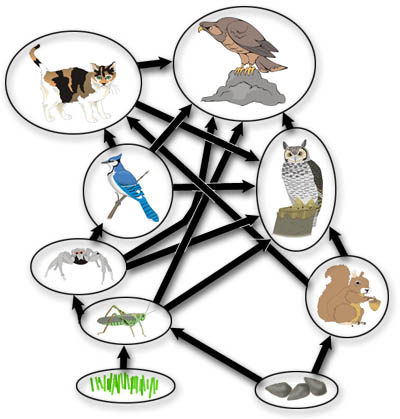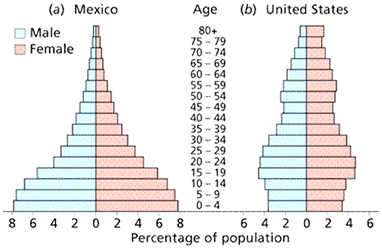Final Exam - Ecology Review

Word Bank
A. Symbiosis
B. Niche
C. Detritivore
D. Deciduous Forest
E. Producers
F. Consumers
G. Coniferous
H. Competitive Exclusion
I. Community
J. Ecosystem
K. Heterotroph
L. Logistic Growth
M. Exponential Growth
N. Pioneer Species
O. Predation
P. Autotrophs
Q. Carrying Capacity
R. Population
S. Ecology
T. Omnivores
U. Carnivores
V. Herbivores
W. Succession
X. Biome
Y. Age Structure Diagram
Z. Deciduous
The majority of the ecology section of the final exam is vocabulary. Match each word to its definition
1. Consumes dead tissue or decaying organisms ______
2. Producers (organisms that make their own food) are also called: ________
3. Relationship where members of the same species live in close association _______
4. The rule that not two species can occupy the same niche _____
5. The physical area in which an organism lives ____
6. The full range of physical and biological conditions that an organism need; its "way of life" ___
7. Omnivores, herbivores and carnivores are all: _______
8. Population reproduces at a constant rate, creating a J shaped graph ____
9. Population growth slows after a period of exponential growth, creating an S shaped graph ____
10. The study of relationships between organisms and environment _____
11. All the populations in an area make up this ____
12. A group of ecosystems that have the same climate and similar communities _____
13. The first species to move into a new area _____
14. The act of one organism feeding upon another _______
15. The number of individuals a habitat can support _______
16. Shows the population of a country broken down by gender and age group ____
17. Eats plants ______
18. Eats other animals_____
19. A particular type of tree that loses its leaves in the fall ____
20. Type of symbiosis where one individual is harmed _____
21. An animal that eats both plants and animals.
22. A series of changes that occurs in a community over time
23. All organisms that live in a particular place, plus the nonliving components of their environment ____
24. Group of organisms of the same species in the same area ___
25. A particular type of tree that bears cones, has needle-like leaves, like an evergreen ____
26. An organism that gains its energy from feeding on other organisms ____
Biomes
B. Tropical Savanna
C. Boreal Forest
D. Tundra
E. Tropical Rain Forest
F. Temperate Grassland
G. Desert
1. Eastern United States, trees lose their leaves in the fall ___
2. Hot and very rainy, hosts a wide variety of plants and animals ____
3. Layer of permafrost, very cold ____
4. Very little rainfall, has cactus and reptiles ____
5. Has many conifers, moose, black bears, and lynxes ____
6. Midwest United States, also called a prairie ____
7. A dry grassland in a warm area, where lions and giraffes are found
____
Ecology - Interpreting Data
You should also be able to interpret a food web and identify the producers, primary consumer, secondary consumer, tertiary consumer, omnivore, carnivore, herbivore

Analyze Predator Prey Cycles


1. Which country has the fastest growth?
2. In the United States, which age group has the largest population?
Population Growth Curve
1. What is the carrying capacity
2. During what time period was exponential growth observed?


